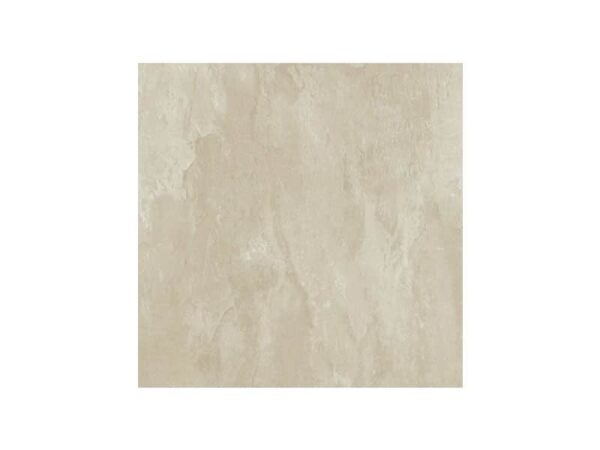How To Create
A Safe Wetroom
Creating a wetroom at home is an exciting project that combines style and functionality. Safety plays a crucial part in modern bathroom design. In this article, we’ll take a comprehensive look into constructing a wet room that is not only aesthetically pleasing but also ensures the safety and comfort of its users.
Let's dive into the essentials of crafting a wetroom that's a safe sanctuary in your home!

The Benefits of Having a Wet Room in Your Home

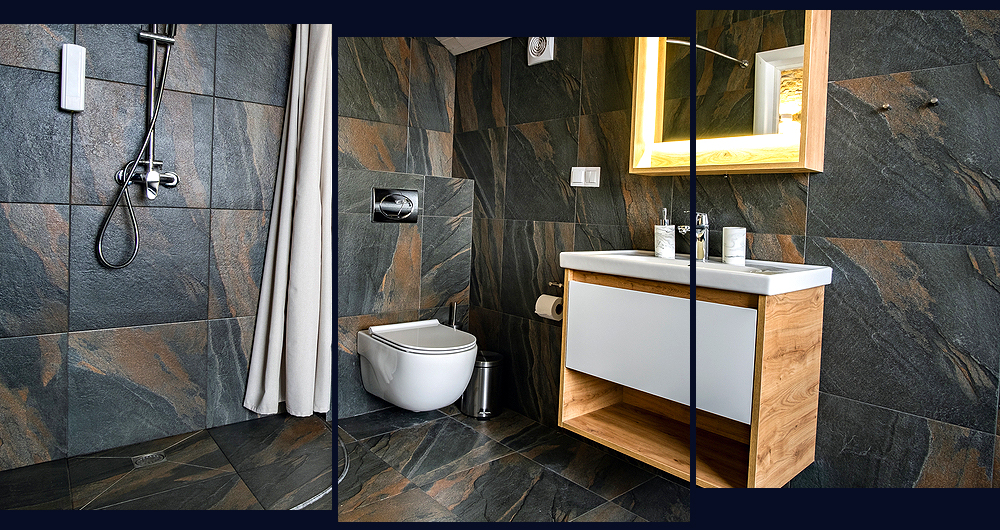
Adding a wetroom to your home offers numerous benefits, blending functionality with modern style. Wetrooms provide a seamless and contemporary yet luxury look, and can significantly enhance the overall appeal and value of your property. They are particularly advantageous for smaller bathrooms, as their open-plan design maximises space, creating an illusion of a larger area.
Additionally, wet rooms offer improved accessibility compared to traditional bathrooms, making them an excellent choice for individuals with mobility issues. The lack of steps or raised shower trays provides easier access, promoting a safer and more comfortable bathing experience. Moreover, wetrooms are typically easier to clean due to their minimalistic design and lack of intricate fixtures, making them a practical choice too.

Assessing Your Space

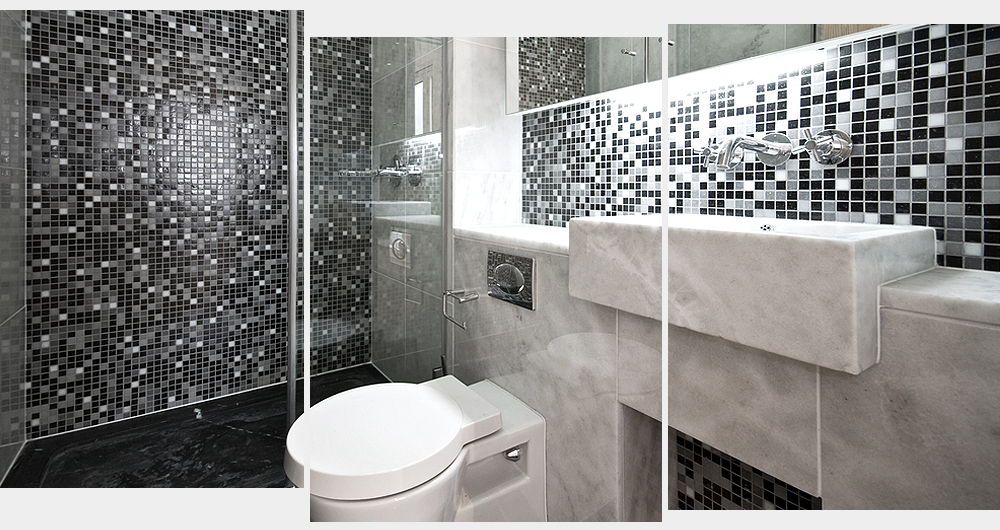
Before starting the design process, the first step to creating a safe and functional wetroom is assessing the available space. This initial stage is crucial as it lays the groundwork for everything that follows. Start by measuring the dimensions of your bathroom to understand the layout possibilities. Consider not just the floor area but also the ceiling height, as this can impact your choice of fixtures and ventilation options.
Remember to factor in accessibility, especially if the wet room will be used by individuals with mobility challenges. Think about door placements, turning radius for wheelchairs, and whether a level-access shower area is feasible. The aim is to create a space that's both visually appealing and safe for all users.

Choosing the Right Flooring

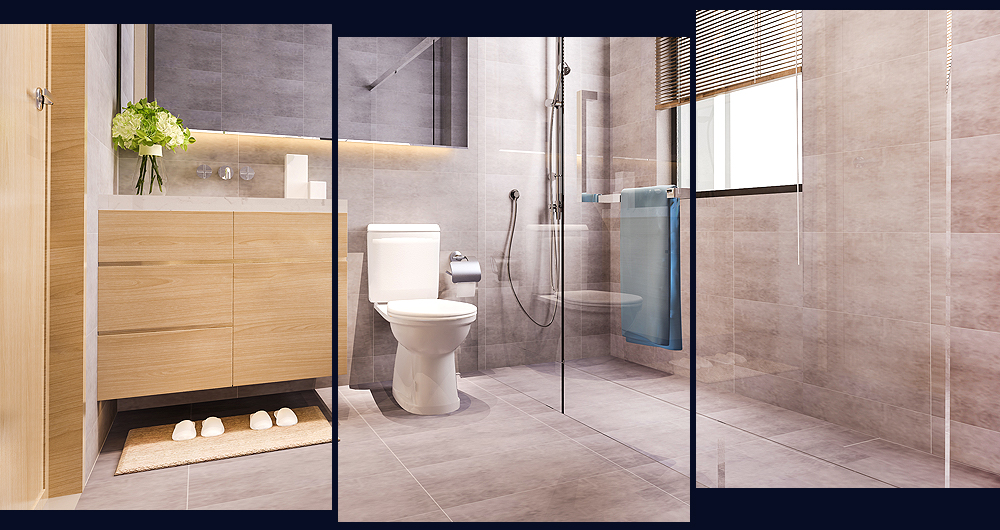
Selecting the correct flooring is a pivotal aspect of designing a safe wetroom. Non-slip tiles are a popular choice, offering both safety and style. These tiles are designed to provide grip underfoot, significantly reducing the risk of slips and falls, especially in wet conditions. There are various types of non-slip options to choose from, including porcelain and ceramic tiles, each with their distinct texture and slip-resistant properties. Porcelain tiles, known for their durability and low porosity, are particularly suited for wet environments. They come in a variety of finishes, from matte to textured, allowing for a safe yet aesthetically pleasing surface. Ceramic tiles, with their natural slip-resistance, also offer a safe flooring solution, and their wide range of designs can complement any wetroom décor.
Whichever material you opt for, it's essential to ensure that the flooring adheres to safety standards, providing peace of mind while enhancing the overall look of your wet room.

Proper Waterproofing

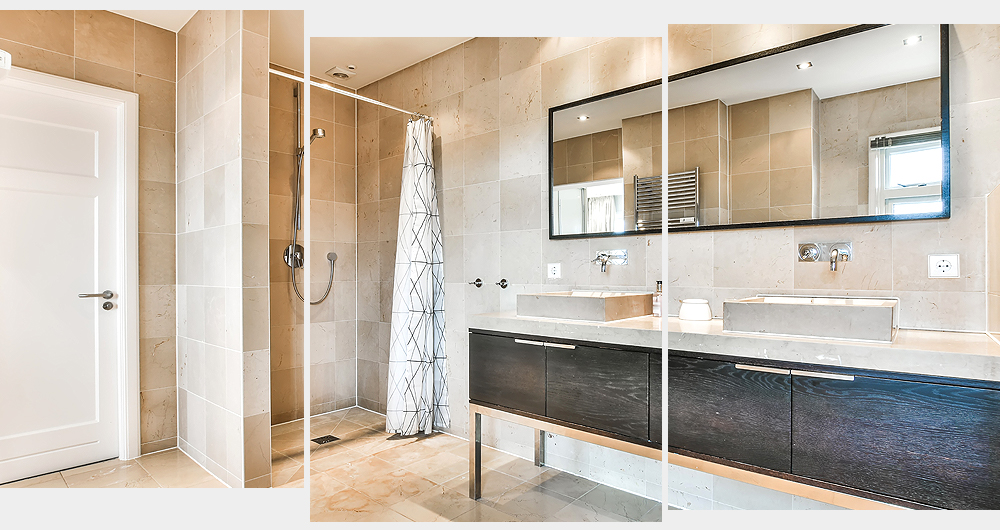
Waterproofing is essential for a wetroom's durability and to prevent any potential water damage. This process involves meticulously sealing the floors and walls to create a watertight enclosure, safeguarding the rest of your property from leaks. The waterproofing should extend beyond the immediate shower area to encompass the entire wet room, as water can travel across floors and walls.
Using a quality waterproofing membrane is vital; this barrier not only prevents water seepage but also combats mould and mildew growth, ensuring a hygienic environment. It's advisable to consider waterproofing materials that are robust and compatible with the type of tiles chosen for the wetroom. The application should be thorough, covering every corner and joint, including around the drain.
Although this task can be undertaken as a DIY project, seeking professional assistance can ensure a comprehensive and long-lasting waterproofing solution, ultimately securing the integrity of your wet room.

Installing Safe Fixtures


In a wetroom, choosing and installing fixtures is crucial for safety and functionality. Grab bars, handrails, and shower seats should be sturdy and securely fitted to prevent falls, especially for seniors or those with limited mobility.
Proper anchoring to wall studs is essential, ensuring they can support significant weight and regular usage. Shower seats are another valuable addition, offering a safe and comfortable showering experience for everyone, particularly for those who find standing for extended periods challenging.
Adhering to building codes ensures safety standards are met. Thoughtful placement and secure installation of these fixtures can significantly enhance the safety and accessibility of your wet room, making it a secure space for all family members.

Effective Drainage Systems

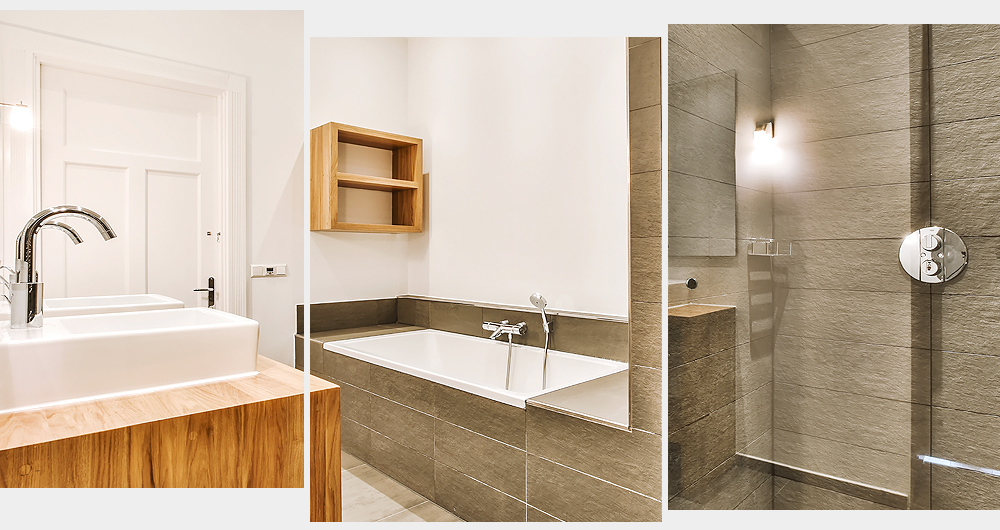
A good, well-designed drainage system is fundamental to the functionality and safety of a wetroom. Effective drainage ensures that water flows away quickly and efficiently, reducing the risk of slips on standing water. When planning your wet room, consider the placement and type of drain that best suits your layout.
Linear drains, for instance, are a popular choice as they offer a sleek, contemporary look and can be placed strategically for optimal water flow. Alternatively, point drains, located typically at the lowest point of the shower area, provide effective water removal, though they may require more precise sloping of the floor.
Whatever you choose, proper installation prevents water pooling, reducing hazards and potential damage. Regular maintenance, like clearing debris, keeps the drainage system effective and your wetroom safe and clean.

Choosing the Right Shower Enclosure

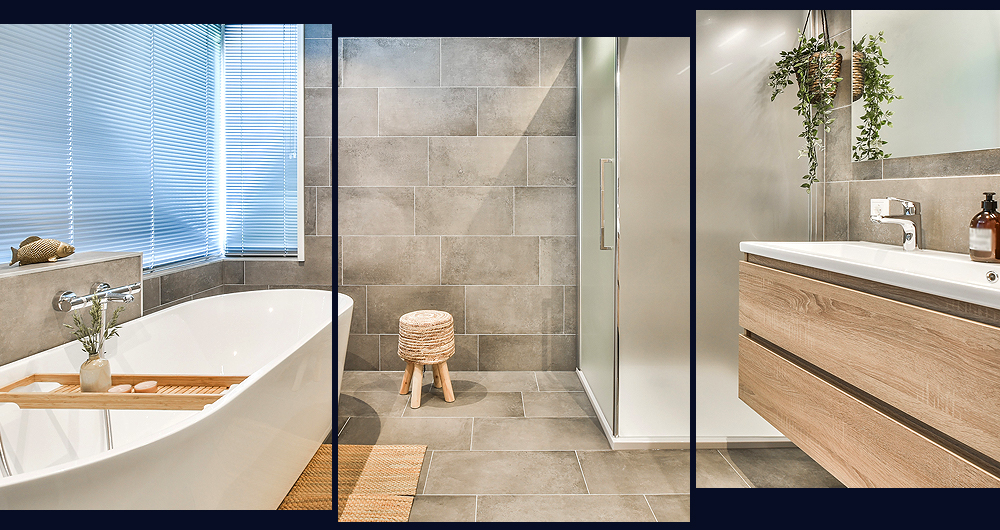
Choosing the right shower enclosure is key for both the look and safety of your wetroom. Options range from minimalist glass panels to shower curtains, each offering different benefits.
Glass enclosures are a popular choice for their sleek, modern appearance and the way they create a sense of openness while containing water spray. Opt for safety glass for added protection, as it's designed to shatter into small, less harmful pieces if broken. Clear transparency enhances safety by improving visibility.
For those preferring a more flexible option, shower curtains can provide an easy-to-change and cost-effective solution. They come in various designs and materials to match your style. Whichever option you choose, it should align with the overall design of your wet room while ensuring practicality and safety for all users.

Ventilation and Airflow

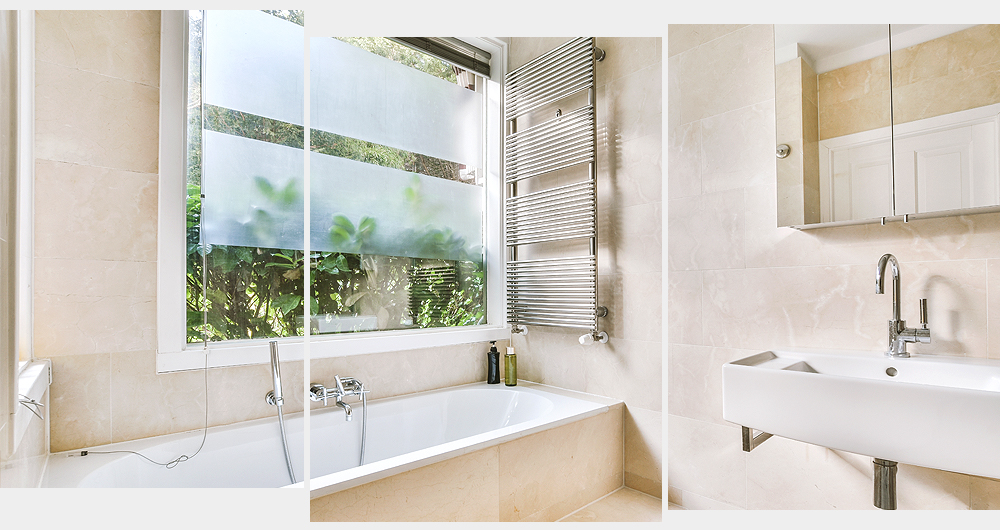
Proper ventilation is a critical aspect of wetroom design, not only for comfort but also for maintaining the room's integrity. Adequate airflow helps to prevent moisture build-up, which can lead to mould and mildew growth, damaging both the structure and aesthetics of the wetroom. Install a powerful exhaust fan to expel moist air from the room efficiently. Placement is also important; ideally, the fan should be situated near the shower area to capture steam at its source.
Consider adding a window to further enhance ventilation, allowing for fresh air circulation and natural light. Regular cleaning and maintenance of the ventilation system are essential to ensure its efficiency and keep the wet room a pleasant and healthy environment for its users.

Safety Tips for Wet Room Users

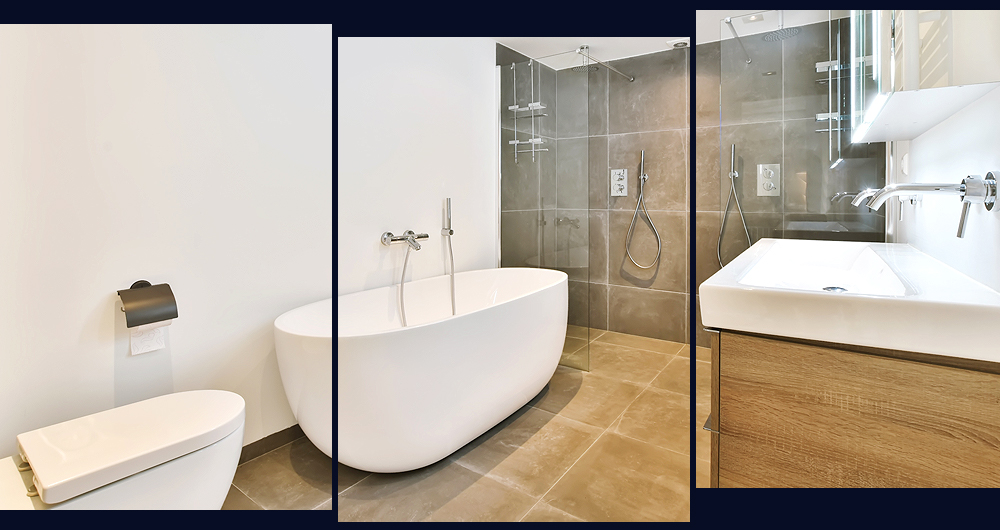
Ensuring the safety of those who use the wetroom, particularly seniors or individuals with mobility challenges, is paramount. Maintain a clutter-free environment to reduce the risk of trips and falls by using adequate storage solutions to keep toiletries and other items neatly organised. Additionally, consider applying anti-slip mats or decals in strategic areas, such as inside the shower and in front of the sink, for added traction.
Regularly inspect and maintain fixtures like grab bars and shower bars to ensure they're secure and in good working order. Educate users about potential hazards like wet floors and encourage caution. It's also advisable to perform routine checks for any water leakage or drainage issues to prevent slippery surfaces.

Create Your New Wetroom With Target Tiles
Designing a safe wetroom is an art that marries functionality with aesthetic appeal. Select suitable flooring, ensure strong waterproofing, install safe fixtures, and maintain proper drainage and ventilation to transform your bathroom into a modern, elegant, and secure wet room – enhancing both comfort and property value.
Explore our range of non-slip tiles and wetroom flooring, great for any home, to get started on creating your perfect wet room.
Recent Posts
Why Choose Us?
- Free Delivery over £249*
- Free Sample Delivery*
- 10,000 Square Meters in Stock


